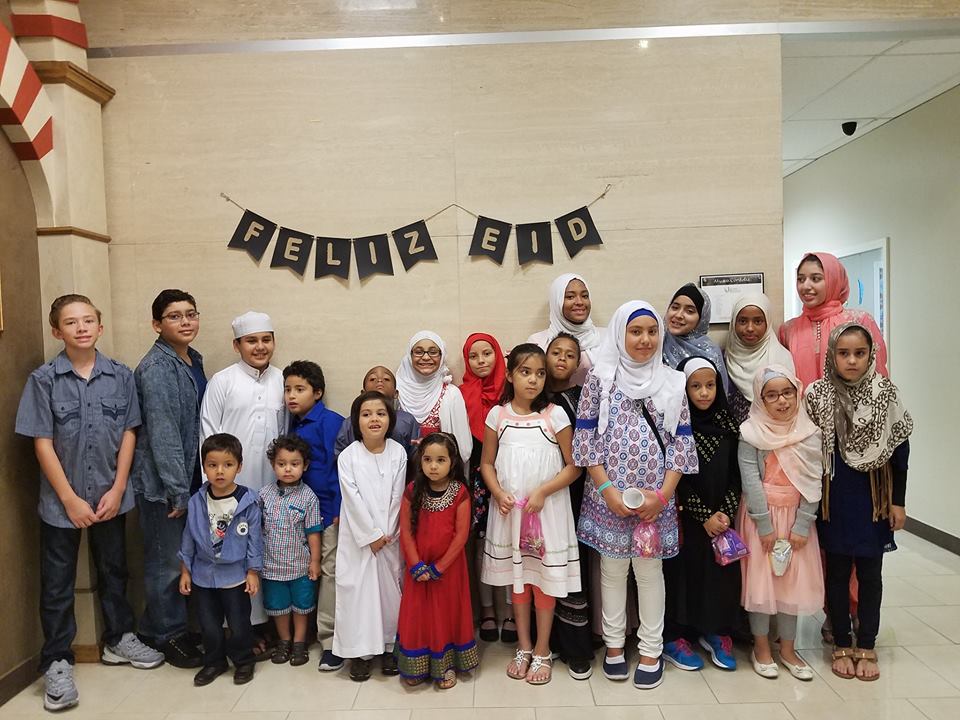
Although most Muslims living in Latin America have roots in Muslim-majority countries, the phenomenon of some local communities embracing Islam has drawn attention from various sectors, including Islamic organizations eager to develop missionary activities. A new study (in French) by Swiss researcher Baptiste Brodard and published by Religioscope (May) offers a realistic assessment based on recent field research conducted in Colombia and Mexico. In Buenaventura, on the Pacific coast of Colombia, local people of African descent were first converted to the Nation of Islam before being convinced to turn to Sunni Islam and then switching to Shia Islam through contact with (and support from) the Iranian Embassy in Colombia. From there, the religion spread to other places. In the Mexican state of Chiapas, Spanish members of the Murabitun movement succeeded in converting several hundred indigenous people to Islam in the 1990s and 2000s in San Cristobal de las Casas. However, not all converts remained faithful and Islam has become quite fragmented in Chiapas, with some 200 local Muslims spread across five different Muslim groups with divergent orientations. In addition to converts from indigenous groups, some Mexican converts dreaming of a life in an Islamic environment have moved to Chiapas.

Source: www.islaminspanish.org
Some claims regarding large-scale conversions among indigenous groups, such as the Wayuu tribe in the border area between Colombia and Venezuela, appear to be largely unfounded, according to Brodard’s field observations. And while one can indeed come across converts to Islam in Brazilian favelas, the number seems to be far from the alleged wave of thousands of converts. Brodard stresses local factors that may have played a role in conversions to Islam, but also the role of transnational Muslim organizations in the birth and/or development of local communities in Latin America. He observes instances of missionary zeal not unlike that of Christian organizations, and a similar need to provide evidence of success in order to convince foreign donors to support missionary efforts. These organizations are experiencing challenges similar to those of Christian missions, with some converts primarily looking for material support in exchange for embracing a new religious faith.
Regarding Sunni Islam, Saudi Arabia used to be a primary source of influence and support for missionary efforts, but non-state sponsored Salafi groups are now tending to become primary promoters of Salafism in Latin America. Moreover, private Turkish Islamic groups are emerging as new key players for spreading Sunni Islam on the continent. Divisions and competition among Muslim groups in Latin America appear to present a major hurdle the significant spread of Islam there. Moreover, far from all converts stay Muslims or succeed in passing on the faith to the next generation. On the other hand, those very challenges motivate some converts to plead for the development of a local and service-oriented Islam, independent from foreign organizations and adapted to local cultures and needs. Despite adverse factors, Brodard concludes that contextualizing Islam might be the key to the development of Islamic faith in Latin America.
(The research paper, in French, can be downloaded as a PDF from the website of Religioscope Institute: https://www.religioscope.org/cahiers/17.pdf)